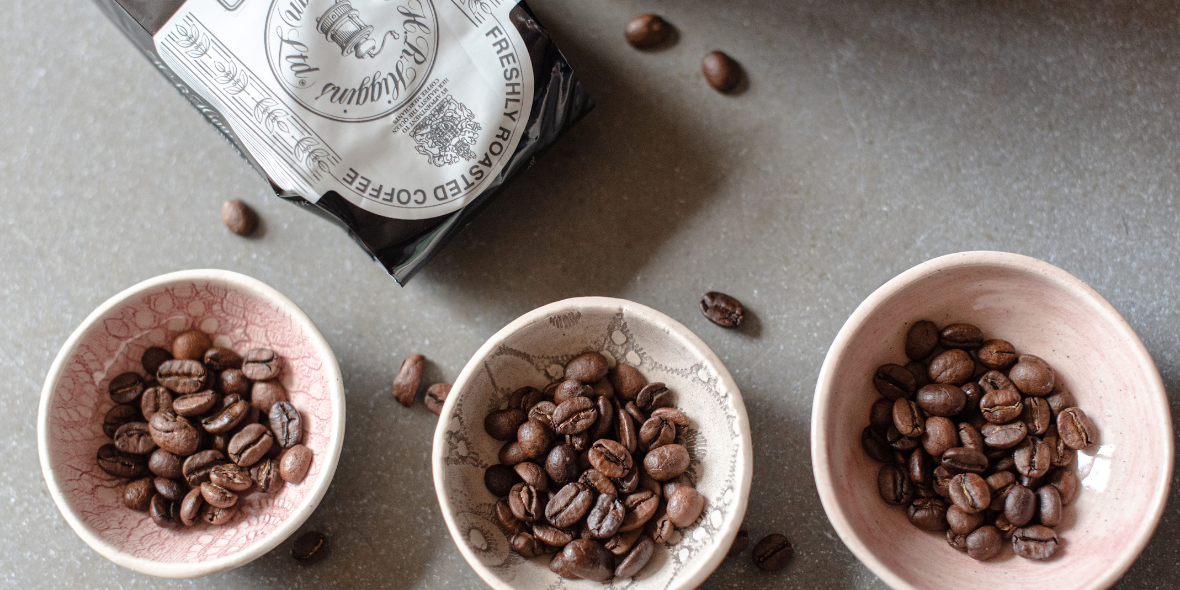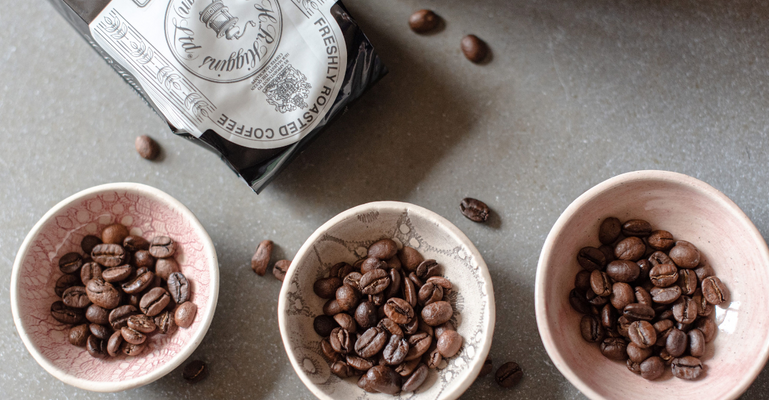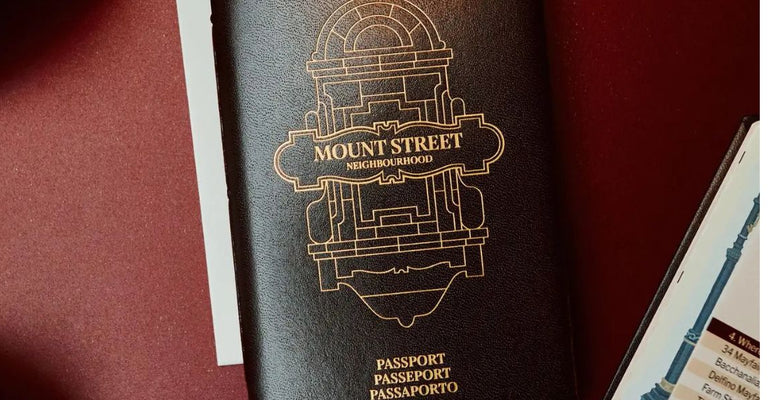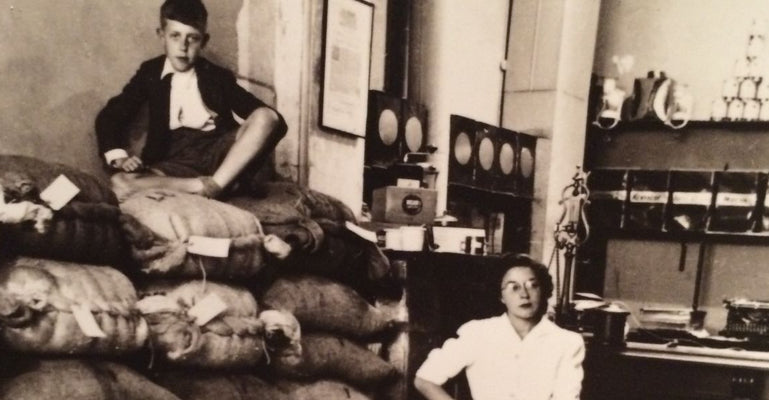At H.R.Higgins, we have always been committed to offering coffees of the highest quality, carefully sourced and roasted with expertise passed down through three generations. Like many in the coffee industry, we are now facing rising costs at every stage of the journey — from farm to cup.
In order to continue supporting farmers fairly and maintaining the quality you expect, we will be making a small adjustment to our prices. We want to be open with you about why this is happening. Behind every bag of beans is a story of global trade, farming challenges, and careful craftsmanship. Here are some of the key factors that influence the cost of coffee and why some coffee is more affordable, and why others can command premium prices.
Global Market Forces
The price of coffee is shaped by the C-Market, the international commodities exchange where Arabica coffee is traded. This sets the baseline for the cost of green (unroasted) coffee, and most coffees are priced in relation to it.
The C-Market is affected by:
-
Weather patterns in coffee producing countries such as Brazil or Colombia — droughts, frosts and hurricanes can devastate harvests.
-
Crop yields which vary by season and region.
-
Global demand, with more coffee being consumed not only in Europe and the United States, but increasingly across Asia.
-
Speculation in trading, as investors anticipate rises and falls in price.
-
Exchange rates, particularly between the US dollar (in which coffee is traded) and sterling or the currencies of producing countries.
-
Geopolitical and policy changes, such as tariffs or export restrictions.
When the C-Market rises, the cost of green coffee rises too — and these increases ripple through the supply chain. Earlier this year, global prices reached record highs, and we saw price rises across the industry, from supermarket shelves to independent coffee shops here in the UK.
Quality
The production of higher quality coffee, particularly specialty coffee, takes more time and resources, demanding meticulous attention throughout the whole production process. These production decisions directly affect cost, creating a demand for more labour, time and expertise.
For example:
-
Selective hand-picking, where only ripe cherries are chosen — often on steep, high-altitude farms where machinery cannot be used.
-
Strict sorting and grading, which improves quality but reduces overall yield.
-
Post-harvest processing, including experimental methods that enhance flavour but come with higher risks for the producer.
-
Slower drying techniques, which improve flavour and shelf life but demand more labour and space.
-
Delicate coffee varieties that require greater attention to protect them from pests and disease.
Reputation and Rarity
Some coffees command higher prices because of their name, provenance or rarity. Certain regions and varieties are globally recognised and highly sought after.
-
Jamaica Blue Mountain and Galapagos San Cristobal are celebrated for their unique growing conditions and smooth, balanced flavour.
-
The Geisha variety is prized for its delicate, floral character, but is low-yielding and challenging to grow — making it one of the most expensive coffees in the world, often fetching record prices at auction.
The same is true closer to home: roasters, cafés and brands with reputations for ethical sourcing or award-winning quality may charge more. Customers are often willing to pay for value, trust and transparency.
Additional Costs
Even after coffee leaves the farm, many further costs are added before it reaches your cup here in the UK:
-
Export and import fees, particularly in countries with complex trade systems.
-
Storage and shipping, which have been impacted by global freight disruption.
-
Roasting and packaging, including premium bags designed to preserve freshness.
-
High street costs — barista wages, rent and energy bills all influence the price of a cup in cafes.
A Shared Journey
Coffee is never just a commodity. It is the labour of farmers, the skill of roasters, and the daily ritual of coffee drinkers across Britain and beyond.
At H.R Higgins, our promise remains unchanged: to source fairly, roast with care, and serve with integrity. While global pressures mean our prices must rise, we remain dedicated to bringing you the finest coffees, prepared with the patience and respect that have defined us for over three generations.
We are deeply grateful for your understanding and continued support — and we are proud to share this journey from bean to cup with you.
H.R.Higgins




